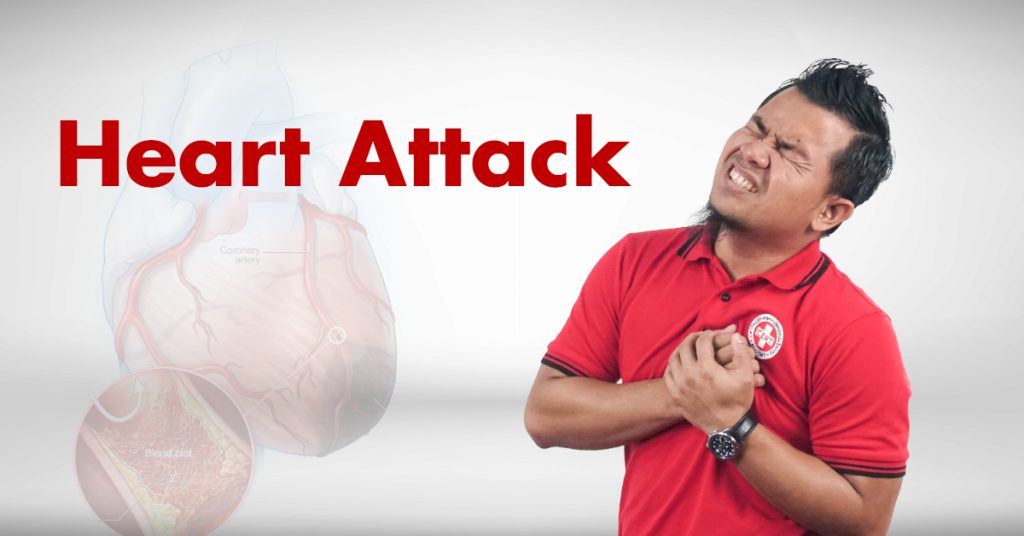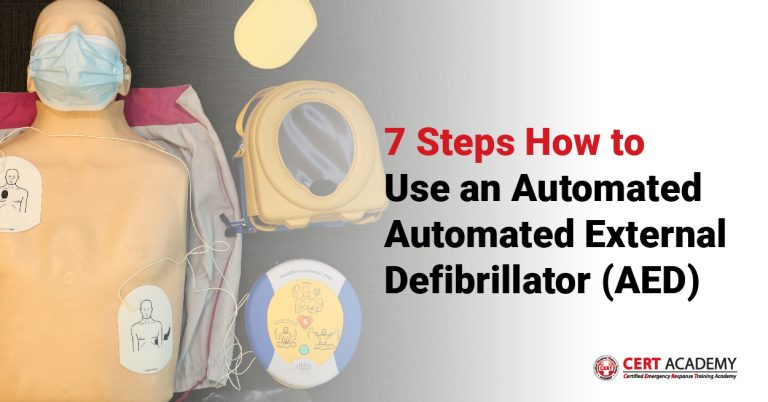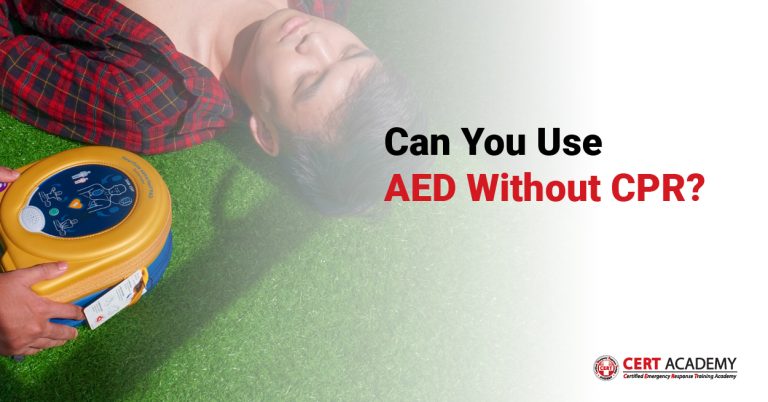Call Us +603-8066 8665
How can First Aid Training can help heart attack victim

Knowing how to recognize the signs of a heart attack and administer appropriate first aid can be lifesaving. A heart attack, also known as a myocardial infarction, occurs when there is a blockage in the blood vessels that supply oxygen to the heart muscle. This can lead to severe chest pain and damage to the heart muscle. Here are the steps to take if you suspect someone is having a heart attack:
1. Call 999 or the Emergency Number: The first and most critical step is to immediately call for professional medical help. Time is crucial when dealing with a heart attack.
2. Help the Person Sit Down: Have the person sit down and rest in a comfortable position. If they have prescribed medication for angina (chest pain), like nitroglycerin, and it is within arm’s reach, assist them in taking it.
3. Stay Calm: Encourage the person to stay calm and try to keep them as calm as possible. Anxiety and stress can exacerbate the situation.
4. Monitor Vital Signs: Keep an eye on the person’s vital signs. If they become unresponsive and stop breathing, be prepared to perform CPR (Cardiopulmonary Resuscitation).
5. Loosen Tight Clothing: If the person is conscious and comfortable with it, help them loosen any tight clothing, especially around the neck and chest.
6. Offer Aspirin and GTN Medicine (If Available): If the person is not allergic to aspirin and GTN (glyceryl trinitrate) medicine is available, you can offer them a regular aspirin tablet (chewed or crushed) along with GTN. Aspirin can help to thin the blood, while GTN can assist in relieving chest pain and potentially reduce the severity of the heart attack.
7. Stay with Them: Continue to monitor the person’s condition while waiting for professional medical help to arrive. Be prepared to perform CPR if necessary.
It’s essential to remember that only a qualified medical professional can definitively diagnose and treat a heart attack. First aid course Malaysia measures can provide temporary relief and support until professional help arrives, but they are not a substitute for medical treatment. Recognizing the signs of a heart attack, taking immediate action by calling 999, and staying with the person are the most crucial steps in providing first aid in this situation.
Common signs and symptoms of a heart attack include:
- Severe chest pain or discomfort that may feel like pressure, squeezing, fullness, or pain in the center of the chest.
- Pain or discomfort that may radiate to the arms (often the left arm), neck, jaw, back, or stomach.
- Shortness of breath.
- Nausea or vomiting.
- Cold sweat.
Being familiar with these symptoms and taking quick action can make a significant difference in the outcome of a heart attack.



